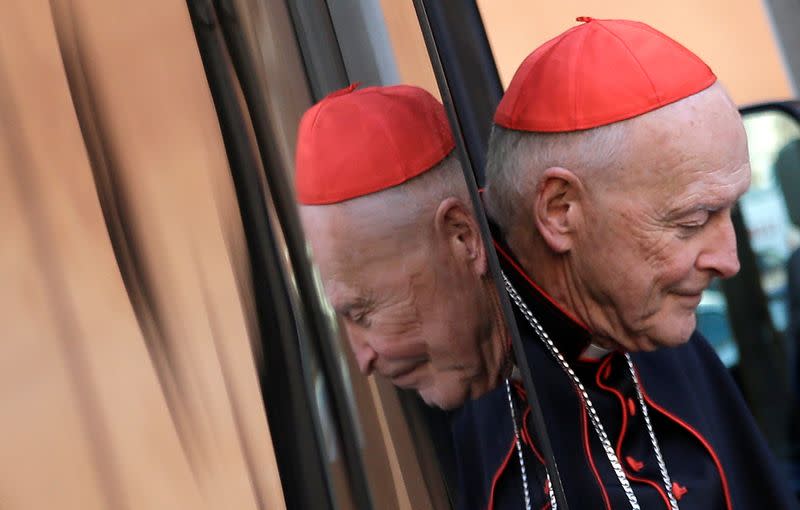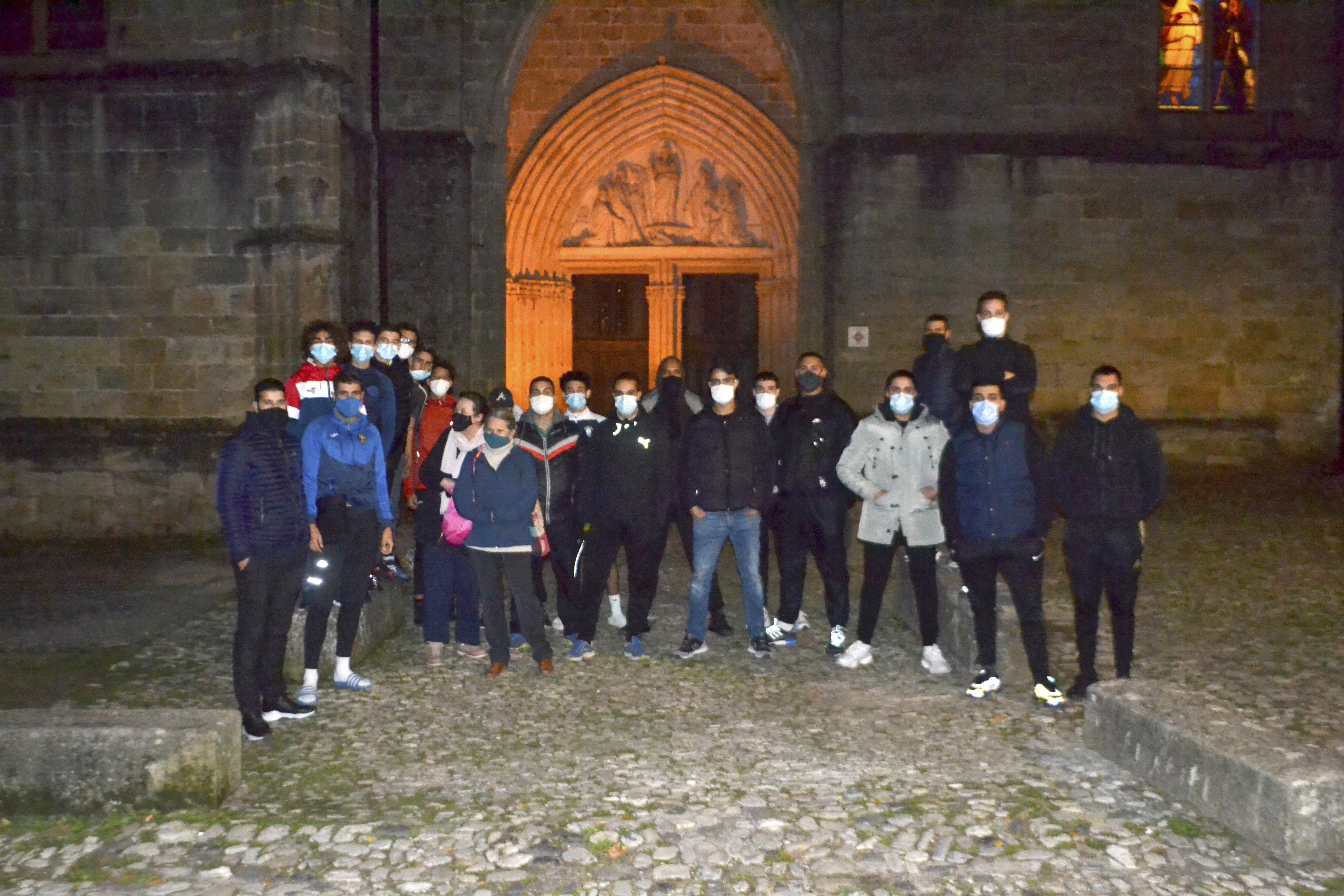Nikema Williams defeated Angela Stanton-King with almost 84% of the vote for the seat once held by the late Rep. John Lewis
Stephanie Guerilus,
TheGrio•November 4, 2020
Nikema Williams defeated Angela Stanton-King in a landslide victory in the race for the late Congressman John Lewis’ seat in Georgia.
Williams won the seat with 85.1% of votes to Stanton’s 14.9%, The New York Times reports. The landslide victory was by a margin of 71%. It wasn’t a close contest despite the oversized importance it had after Lewis‘s death in July from pancreatic cancer at the age of 80. The Georgia lawmaker had served in the House of Representatives since 1987.
Democrats chose Williams to run for the 5th Congressional district after Lewis passed. Georgia’s 39th district senator campaigned on a platform of “good trouble,” invoking Lewis’ creed and promising to “protect his legacy.” She vowed to fight for Medicare for All, universal family care, and against rampant voter suppression tactics.

(Credit: Georgia State Senate, Getty Images and Stanton-King)
“I’m committed to fighting for you and I’m committed to bringing your voices with me to the halls of Congress,” she said in a campaign ad she tweeted to supporters last month
Stanton-King, a staunch Republican and founder of the American King Foundation, blasted the Democrats for what she believed was poor leadership. She pilloried the party for fostering an environment of lawlessness and accused Williams of feeling “entitled” to the seat. Stanton-King’s platform prioritized a pro-life agenda and her support of President Donald Trump.
“I’m committed to fighting for you and I’m committed to bringing your voices with me to the halls of Congress,” she said in a campaign ad she tweeted to supporters last month
Stanton-King, a staunch Republican and founder of the American King Foundation, blasted the Democrats for what she believed was poor leadership. She pilloried the party for fostering an environment of lawlessness and accused Williams of feeling “entitled” to the seat. Stanton-King’s platform prioritized a pro-life agenda and her support of President Donald Trump.
Both women were less than impressed with the other, resulting in no debates taking place between them. Williams said she wouldn’t agree to one as she believed that Stanton-King was spreading lies on social media.
“I’m not going to give her a platform,” Williams said in October. “I’m not going to legitimize her candidacy.”
Stanton-King blasted Williams for being “afraid to face me.”
Ultimately, voters resonated more with Williams’ message and helped her rout Stanton-King on Election Day.
“WE DID IT! Thank you for your support — I would have never been able to do it without you,” the Georgia state senator tweeted Wednesday.
“This seat does not belong to me, it belongs to the people. And I’m ready to fight #OutLoudAndOnPurpose for the people of #GA5! Now let’s get in some #GoodTrouble y’all!”
Stanton-King acknowledged her loss but cast blame on the media and possible cheating for her defeat.
“I’m grateful for the love & support shown to me on this campaign Woman running I was in an uphill battle from the start. But even w/ bias media, an opponent refusing to debate, & a water main break in the only room that holds the ballots, the world still knows my name! The fight continues,” she tweeted.
1/2 I am the little girl who grew up in rural Alabama in a home with no indoor plumbing and no running water.
I am a mom, a wife, a State Senator, and your next Congresswoman.
WE DID IT! Thank you for your support -- I would have never been able to do it without you.
This seat does not belong to me, it belongs to the people. And I'm ready to fight #OutLoudAndOnPurpose for the people of #GA5! Now let's get in some #GoodTrouble y'all!
I know the world hears him
ANGELA STANTON KING
I love the support this man and his administration has given me over the last year! This is truly what makes America Great!
@realdonaldtrump is My forever President
#stantonkingforcongress
The post Trump ally Angela Stanton-King loses Georgia House race with less than 15% of the vote appeared first on TheGrio.














